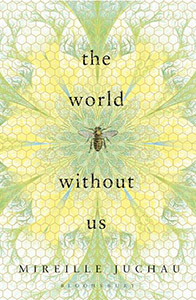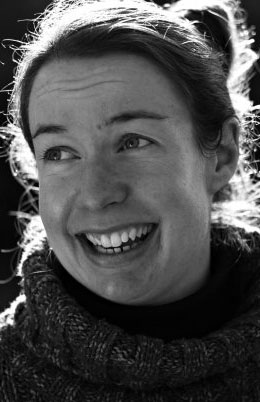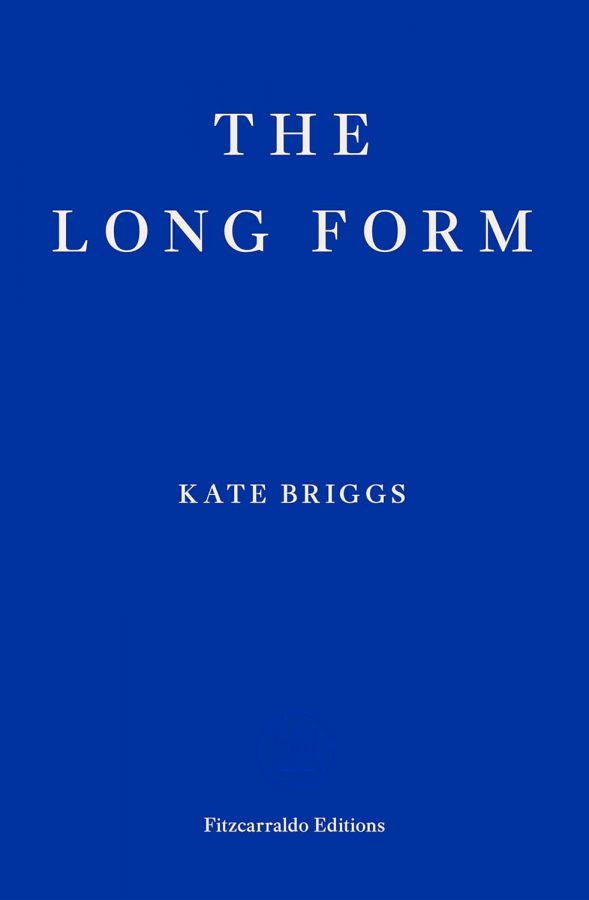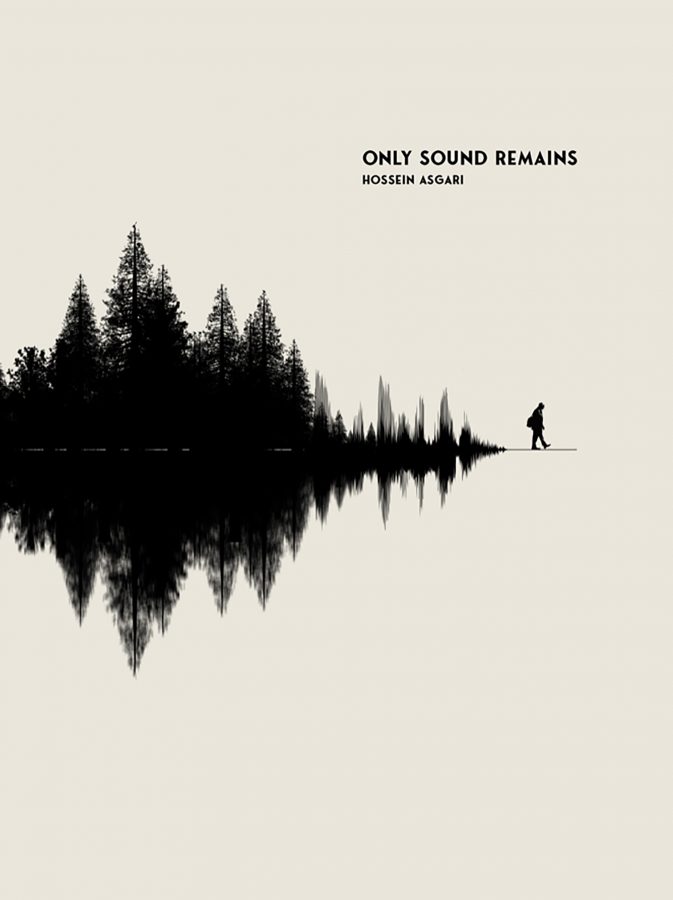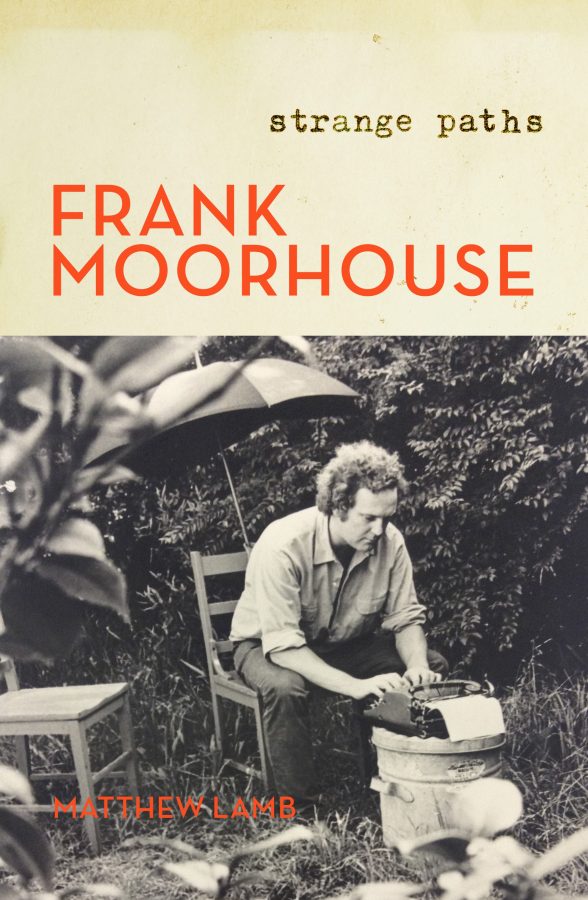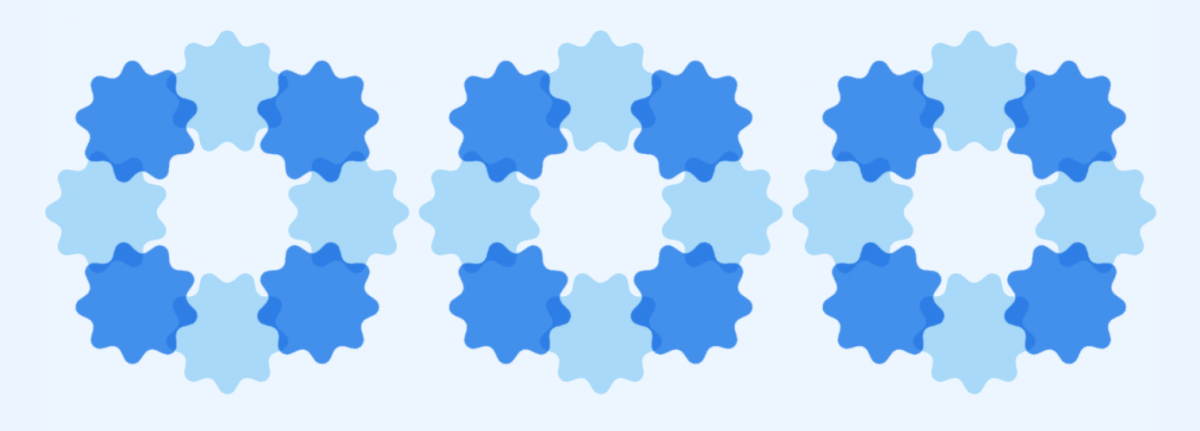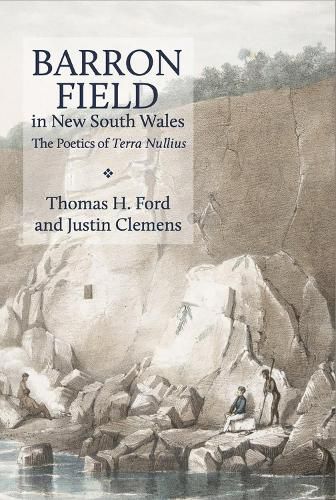There is a lot of talk about the weather in Mireille Juchau’s third novel, The World Without Us. This is a novel which plays out what could be a conventional small-town mystery within an unconventional and unsettling set of atmospherics. The death of a young child, Pip Müller, from leukemia, leaves her parents and sisters wondering how to live with their grief. In a rural town north of Sydney, the attempts of Pip’s sister Tess and father Stefan to work out how to go on intersect with the life of a newcomer to the town, Jim Parker, who is trying to outrun his own past, and at an oblique angle, the experiences of young survivalist, Tom Tucker, who is preparing himself unconvincingly for the end of the world.
This is a novel which situates a very specific place within a more global context. One of its achievements is a really vivid evocation of a small town as a peopled landscape. Reading it, there is a strong sense of the interaction between the physical place — mountain, river, trees — and the lived experiences of its inhabitants. This is so for the farmers and beekeepers, carefully watching for signs of ‘colony collapse disorder’; putting themselves into overdraft to feed their cattle or receiving visits from the unmarked pet-food-company vans. It is so for the past inhabitants of the commune up in the hills, The Hive, destroyed by a fire but whose ideas about the natural world continue to shape those who survived it. It is also so for those like Jim, who come to the town bearing old hopes of Arcadian regeneration away from the city. Rumbling away underneath all of this is the multinational company conducting its mining operations near the town.
The stories of Tess, Stefan, Jim and Tom pivot around that of Pip’s mother, Evangeline, whose grief is the primary mystery the novel seeks to untangle. This is not the first time Juchau has written about lost children and grieving parents. Where Juchau’s previous novel, Burning In, immerses the reader in a mother’s grief so immediately and distressingly, this novel swivels its perspective to look at a mother’s grief at least partially from the outside. Juchau tells stories that are extremely intimate, peering right down the throat of a mother’s loss of a child, but that also think about the broader significance of these situations. She ties these horrifyingly personal, everyday losses to losses that are more global and political. In Burning In, one mother’s uncertainty and loss is positioned as part of a network of intergenerational trauma spreading outwards, unstoppable, from the Holocaust. The World Without Us does not attribute causality in any such direct way; the relationship between Evangeline’s grief and the losses taking place around her is much more elliptical. In drawing a longer bow, The World Without Us is, I think, a better novel, because the atmosphere of loss that it creates is the atmosphere that we all live in, whether we think about it or not.
The World Without Us captures a bewildering sense of loss that is both personal and planetary. This town’s inhabitants speak a weird scientific language that has invaded our daily lives: electromagnetic fields, fracking, agro-toxins. Tess and her sister accost their father: ‘But we’re eating beans from a tin. Bisphenol A. And you microwaved them. With Cling.’ These kinds of exchanges capture the spooky sense that personal losses are linked to environmental ones in ways that are not easy to untangle or understand. Pip’s cancer and the bee losses may be caused by the mining and fracking companies who are working in the area, but this is not pursued too far—it is left hanging, one among many threads of connection in this beautiful and sometimes disconcerting novel.
It is disconcerting, I think, because it is very detailed about some things and very sketchy about others. The geography of particular buildings in the landscape is carefully painted— and it is painterly. After a storm, ‘The house is a dark cube on a lake that was once a field.’ The language is lyrical, but in a more restrained and affecting way than that of Burning In. This house, its fields, its specular relationship to the house that Jim Parker inhabits, is incredibly vivid. It is where Pip died; the centre that may or may not hold in the face of the family’s grief. It is seen primarily through the eyes of teenaged Tess, who has not spoken since Pip’s death.
Where the strangeness of the atmosphere in this novel really emerges, however, is in the oddly sketchy nature of its characters. They are sketchy not just to the reader but to one another (as are some of the characters in Burning In). The woman at the centre of this novel first appears to Jim, and to us, as a shape through the trees, later defined in relation to her role as a mother and concomitant grief at the loss of her child, and only very eventually does she emerge more clearly as an individual. All of the characters in the novel are held at some distance—for each of them, intimacy is something of the past, not the present. This means that the reader who goes to this novel looking for perspicacity, power, solace, in E.M. Forster’s terms, is going to be disappointed for much of it. In Aspects of the Novel Forester writes:
In daily life we never understand each other, neither complete clairvoyance nor complete confessional exists. We know each other approximately, by external signs, and these serve well enough as a basis for society and even for intimacy. But people in a novel can be understood completely by the reader, if the novelist wishes; their inner as well as their outer life can be exposed…And that is why novels, even when they are about wicked people, can solace us; they suggest a more comprehensible and thus a more manageable human race, they give us the illusion of perspicacity and of power.
Juchau’s novel toys with the possibility of denying us this solace altogether. It takes the risk of making our knowledge of its characters a bit more like our knowledge of other people in real life: subject to guesses and mistakes. We do have some measure of privileged insight into the thoughts and feelings of Tess (whose speechlessness is a mystery to those around her, and partly to us). We also see the world, partially, through a character with even less self-knowledge than the teenager: her teacher, Jim. Jim is a very difficult character to get a handle on, and Juchau does little to ease the reader’s passage in this respect. As we see Evangeline through the trees, we see Jim only in glimpses of his own attempts to evade something, the substance of which we slowly understand is the flip side of Evangeline’s own grief: the loss of his mother.
The World Without Us does not have the satisfying, detailed cohesiveness that a many-charactered novel needs to draw all the threads together at the end. The difficulty, I think, is one of focus. The novel is narrated through the perspectives of Tess, Jim, Stefan, and Tom. As the novel draws to a close its focus shifts back from Stefan and Jim and away from Tom altogether, leaving us, finally, with some understanding of the mother and daughter, the world narrowing to this dyad. There is a sense of asymmetry here; it is not what we have learned to expect from the narrative of intersecting stories. This is a form that comes very naturally to us, now: it suited the nineteenth century novel as it suits long-form television drama, and since at least Don de Lillo’s Underworld it has become an intuitive way to tell stories about the relationship of global threats to local individuals. Juchau does not fulfill our expectations of the form, in that she does not draw back to provide the world-turning, omniscient sense of wholeness that de Lillo, for example, gives us.
The shrinking of focus towards the novel’s end is, however, an indication of its overwhelming concern, which is not global catastrophe so much as human intimacy, and how our relations with each other are shaped by our relationship to the natural world. I keep wanting to compare The World Without Us to Julia Leigh’s brilliant novel of some years ago now, The Hunter. Both take on the question — and the atmospherics — of extinction, situating the human within a much broader ecology. Leigh takes this right to its extreme, with a man who seeks to shed his humanity and embody the fantasy of the ‘natural man’, and the drama of her novel plays out up on the plateau, between man and animal. Her small-town farmers and their greenie antagonists are sketched out schematically, as though in a fable. But Juchau’s interest is much more at the level of human relationships and human survival, and the interconnectedness between human and animal. The bees play a multifaceted role in the novel in this respect. The excerpts from Maurice Maeterlinck’s The Life of the Bee might point to our tendency to anthropomorphise such creatures, but also to the limits of our sense of human mastery over the natural, as well as the ways in which such creaturely stories structure our understandings of human relationships. The emphasis on the matriarchal nature of bees provides an early pointer to some of the more deeply set concerns of the novel. Through all of this, the bees act atmospherically, as bellwether and synecdoche of environmental disaster and human vulnerability. Even before it is stated explicitly, the novel floats the sense that the bee losses presage something greater: ‘If the bee disappears from the earth, man would have no more than four years to live.’ This is said, dogmatically, by Tom Tucker, survivalist, crank, advocate of Preparedness for End of Days. He is a comic figure, with his army belt, karate training and paranoia. But he is also, like the bees, a bellwether. His damage is an indication of what Evangeline lived through. His prognostications are presented as extreme, but nonetheless they hang in the air of the novel, shifting its atmospherics.
Where Juchau goes further than Julia Leigh, is in connecting the dots — however elliptically — between human ideas about nature and men’s ideas about women. The commune ostensibly models its social structure on that of the bees, but it is no matriarchy: ‘Up there Jackson was hive leader. King Bee, their father sometimes called him, although everyone knew there was no such creature.’ Jackson uses the model of the bees to his own ends, naturalizing his own authority in a society that kept women such as Evangeline very much in the dark. Violence against women filters right under the surface of this novel — much less explicitly than the multinational fracking company and the environmental destruction it heralds. It surfaces so subtly, and so late in the novel, that it is difficult to discuss in the context of a review, but I do want to recognise Juchau for pointing to the ways in which our ideas about the natural affect not only our relations with the environment but also with each other.
In this sense I think that Juchau’s real affinity, whether she knows it or not, is with Barbara Baynton. While European poetry forms the most obvious points of intertextuality in The World Without Us, I couldn’t help but hear echoes in it from earlier Australian stories about the human and the natural. When Evangeline heads off into the bush, incongruously and tragically, with her empty pram, I saw Henry Lawson’s drover’s wife behind her, pushing her pram in her Sunday best on a bush track, no less incongruous or tragic. In Lawson’s work, it is the natural world that is dangerous, especially to women. In Baynton’s stories, the bush is dangerous because of the men who inhabit it, and it is this danger that forms part of the unsettling atmosphere of Juchau’s novel, as it does much more explicitly in Baynton’s stories.
A key scene in The World Without Us takes place in a storm. A daughter escapes her own peril to fight her way through a storm to reach her mother, a storm which recalled for me so strongly another storm in another, older and no less unsettling work of fiction about mothers and daughters: Baynton’s Bush Studies. The opening story of the collection, “The Dreamers,” is a nightmarish tale of a pregnant woman who has, after a long absence, come to visit her mother, and arrives at night in the country town to find no one to welcome her. She must battle a fierce storm and cross a flooded creek, which nearly drowns her, before arriving to her mother’s house to find her mother dead. Juchau’s novel shares with Baynton’s story not only the coordinates of small town, night storm, flooded river, pregnancy, and daughter seeking her mother, but also a sense of the perilous centrality of that mother-daughter bond. Baynton’s protagonist thinks, ‘What mattered the lonely darkness, when it led to mother,’ but the story is filled with motherly and daughterly guilt and failure: ‘There was atonement in these difficulties and dangers.’ In Juchau’s novel, the mother is found, not dead, but nearly so, having just given birth. Laboring alone, ‘The pain was tidal, ebbing and surging, with an undercurrent of wrecked and ruined things.’ Juchau allows for atonement where Baynton’s much bleaker vision ultimately does not, but regardless The World Without Us continues to develop this set of ideas that have long circulated in Australian fiction: about the human and the natural, the natural and the feminine.
The atonement, or perhaps redemption, that is arrived at in The World Without Us is, as in Burning In, enabled by art. Photography, painting, and writing are offered as ways of living in the face of grief and loss. I’m never quite convinced by this—this kind of metafictional turn often seems too pat, too obvious and self-serving. Juchau’s characters write and paint their way out of their own inwardnesses (swerving the novel into well-worn territory), but she nuances this convention to make it less about self-discovery and more about communication and attentiveness. Tess, as baby and as teenager, is witness to her mother’s painting: ‘still the kid on the mat, watching me paint and naming everything you could see. Red, red!’ This realisation is embedded in the daughter’s writing of her mother’s telling of her own story. This uniting of parent and child through the act of telling and recording past trauma is, again, a very well-worn narrative situation. Here, it offers not just resolution of the novel’s mysteries but also the hope of rebuilding the relationship between mother and daughter. This is presented in the context of a much larger difficulty — how do we live through the losses we know are going on all around us, a sense of calamity that is not new to our age but which is newly pervasive of our atmosphere, the earth under our feet? In the face of this, Juchau’s fiction presents art not as self-realisation but rather as a vital way of paying attention to the world — and the people — around us.
